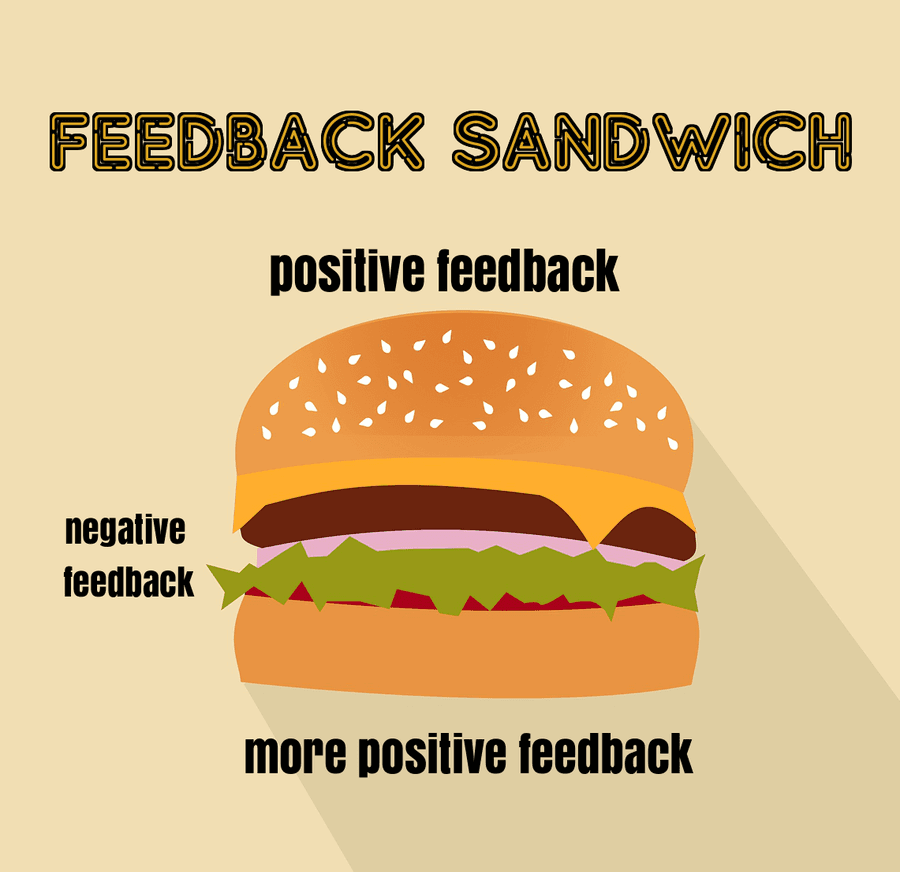How to Give Criticism Without Sounding Like a Jerk
Curated from: lifehacker.com
Ideas, facts & insights covering these topics:
4 ideas
·2.84K reads
13
1
Explore the World's Best Ideas
Join today and uncover 100+ curated journeys from 50+ topics. Unlock access to our mobile app with extensive features.
Constructive Criticism: Use The "Sandwich" Approach And Be Specific On The Expected Results
"Sandwiching" your critique between two positive things about the person's softens the blow, and avoids it coming off like an attack. The mix of positive and negative makes people more likely to pay attention to the whole package.
Instead of being snarky and vague, explain why you think your criticism is valid and be specific and constructive about what you think would be an improvement. The former doesn’t inform much and makes people unhappy; the latter at least gives some ideas for improvement.
295
873 reads
Constructive Criticism: Give Feedback, Not Instruction
Keep your criticism to your observations, and the impact they have. Don't try to fix the problem, just identify it.
Offer to help fix the problem, and to support the solution that the other person comes up with. Unless you know how to do the work your coworker is doing, don't try to solve it for them—they'll ignore your feedback and you.
265
743 reads
Give Kind Criticism, And Remember The Point Of It
The point of your criticism is to help someone improve, or to correct a problem, and your feedbacks should carry that message. If you’re doing anything but that, reevaluate whether you actually have legitimate criticism to give, or you just need to talk to someone.
Offer positive and specific suggestions to alleviate the issue at hand, or identify the problem clearly without talking about the person, just the issue.
239
612 reads
Don't Make It Personal
Criticism by nature can be personal, but delivering it you need to separate your thoughts on someone's work or behavior from what you think of them.
Keep your constructive criticism focused on the specifics that you want to discuss, and avoid the temptation to make judgements of the person or their work based on the specific feedback you want to give. Remember, "you need to respond to urgent issues faster" is not the same as "you're slow." You want to communicate the former, not the latter.
246
620 reads
IDEAS CURATED BY
CURATOR'S NOTE
Taking criticism is difficult enough, but giving constructive criticism can be really tricky, especially when you don't want to completely tick off the person you're talking to.
“
Addison I.'s ideas are part of this journey:
Learn more about personaldevelopment with this collection
Understanding the importance of constructive criticism
How to receive constructive criticism positively
How to use constructive criticism to improve performance
Related collections
Similar ideas
10 ideas
How to Give Constructive Criticism: 6 Helpful Tips | Personal Excellence
personalexcellence.co
1 idea
9 ideas
How to Give a Good Critique
writervana.com
Read & Learn
20x Faster
without
deepstash
with
deepstash
with
deepstash
Personalized microlearning
—
100+ Learning Journeys
—
Access to 200,000+ ideas
—
Access to the mobile app
—
Unlimited idea saving
—
—
Unlimited history
—
—
Unlimited listening to ideas
—
—
Downloading & offline access
—
—
Supercharge your mind with one idea per day
Enter your email and spend 1 minute every day to learn something new.
I agree to receive email updates

